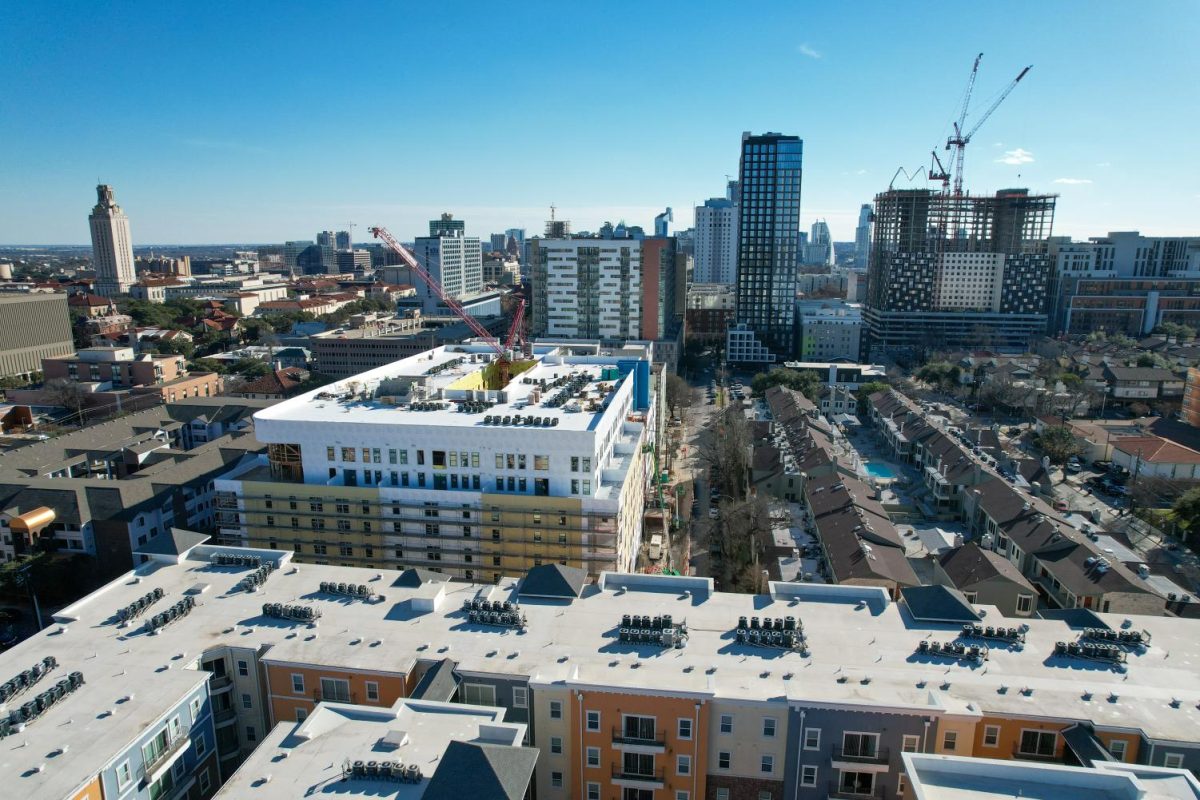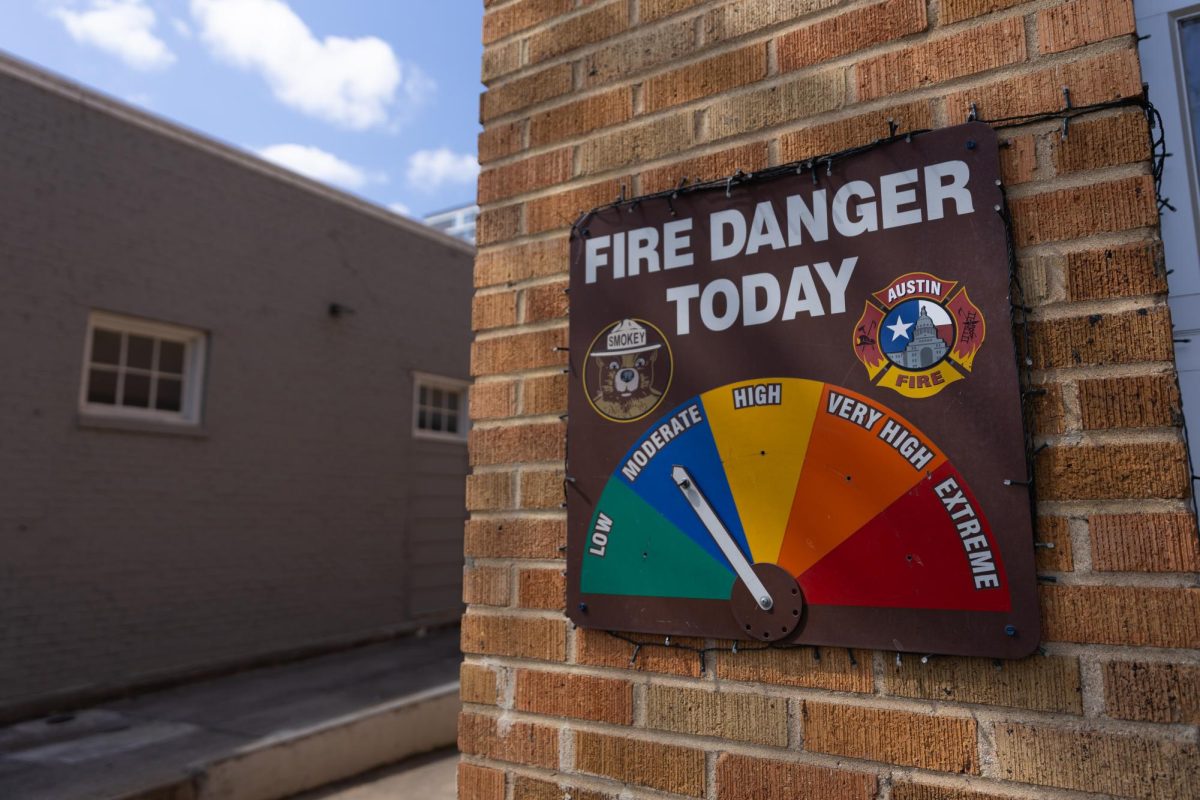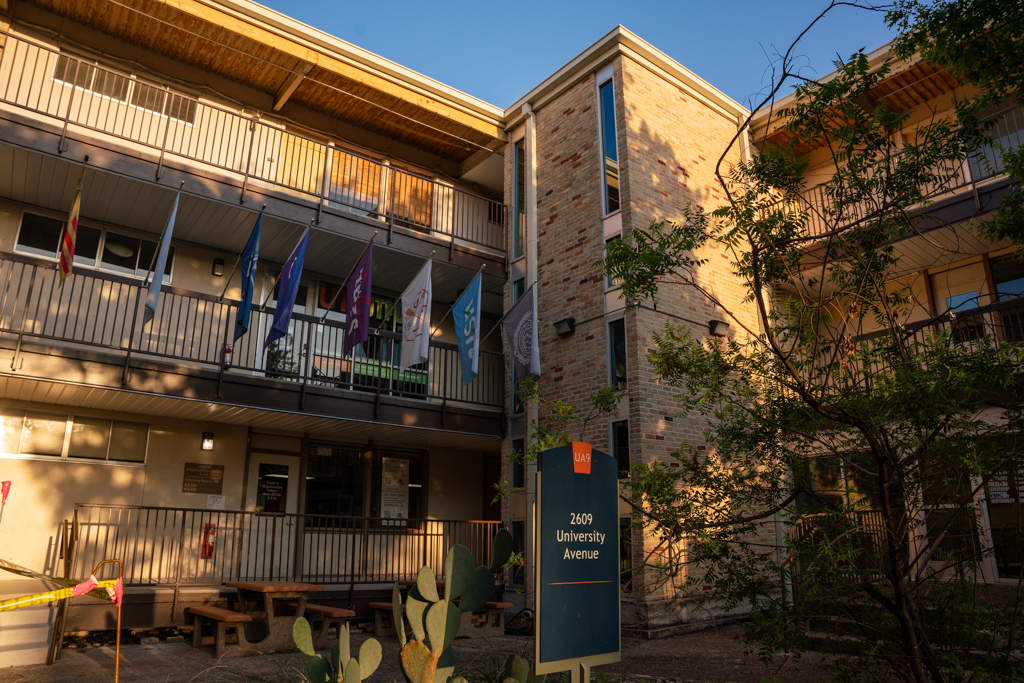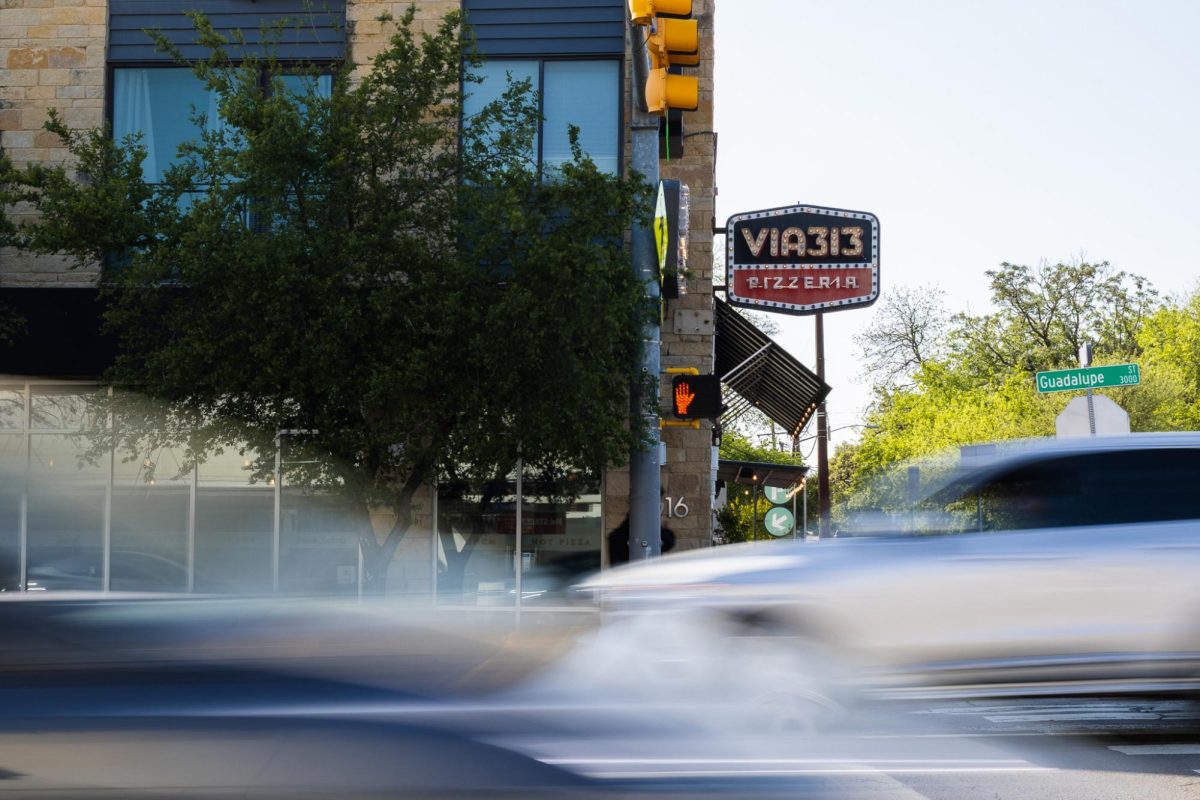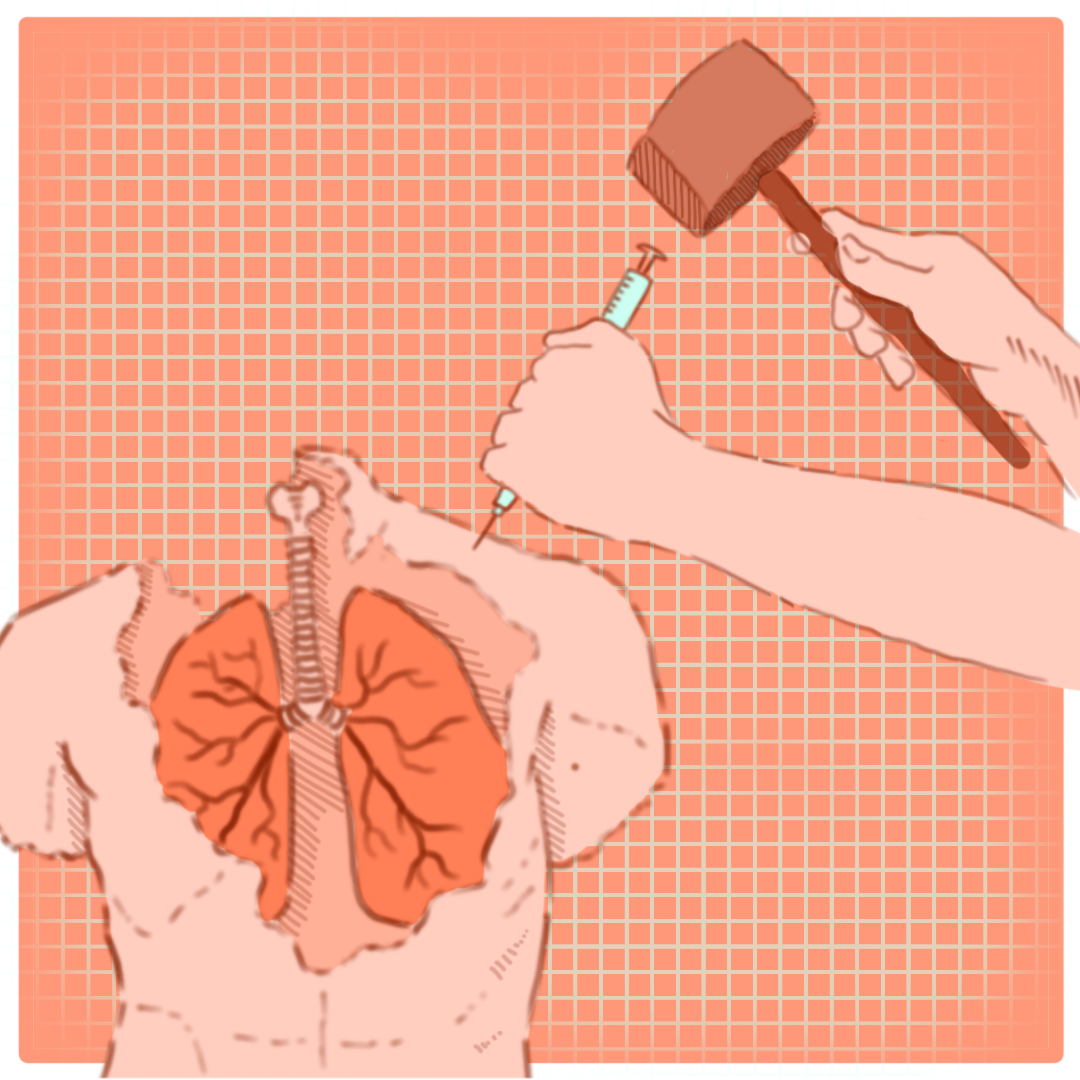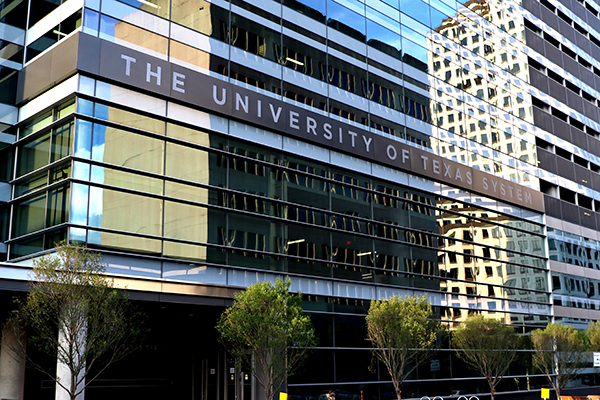Administrators are taking the first steps to get a UT-Austin medical school off the ground with estimates of first-year expenses for hiring and construction.
Budget projections for the new medical school, obtained by The Daily Texan through the Texas Public Information Act, show $1.2 million set aside for medical or surgery faculty salaries this year. The University announced plans to hire a dean in 2013 before hiring a teaching faculty.
UT spokeswoman Tara Doolittle said she was unable to confirm how much will be spent to hire faculty this year.
“The April 2012 [budget projections] document is an estimate rather than an approved budget,” Doolittle said. “We and our partners are working very quickly to build a budget out and fine-tune those estimates.”
The projected budget also includes $47 million set aside for the construction of a research building, an educational and administrative building and a vivarium, which will be built near University Medical Center Brackenridge. The vivarium will house live animals maintained for research. Funds to establish a resident program are listed as $21.8 million for the first year.
Doolittle said Steven Leslie, executive vice president and provost, and his office will oversee any funding that will go toward the new medical school, including the new dean’s salary, until the infrastructure of a dean’s office is put into place following the hiring of the dean.
The UT System Board of Regents voted last May to provide $25 million annually toward the medical school and an additional $5 million for the first eight years for equipment. The $30 million will flow through the provost’s office when funding is released in August.
UT spokesman Gary Susswein said a hiring committee, under Leslie’s leadership, will decide the new dean’s salary.
Leslie oversees compensation of the University’s 17 deans whose salaries range from $183,333 to $541,500, according to a salary database published by The Texas Tribune.
“The first step is finding a dean,” Susswein said. “The hiring committee would then determine appropriate compensation.”
Doolittle said it is too early in the process to discuss a possible salary.
The UT System currently has six health institutions and all of them operate independently from the system’s nine academic institutions. UT’s medical school will be the first to be developed as part of an academic institution rather than standing independently.
This raises questions about what the new medical school’s dean could receive as compensation.
It is unclear if the new dean’s salary will rival the salaries of presidents of the System’s other health institutions or will be similar to UT’s other deans. Deans at UT make significantly less than health institution presidents. For example, Ronald DePinho, president of the University of Texas MD Anderson Cancer Center, receives a base salary of $1.4 million per year, making him the fourth highest paid state employee and the highest paid president in the UT System.
In comparison, President William Powers Jr. received a base salary of $613,612 last year, which makes him the highest paid UT-Austin employee, behind a few UT-Austin coaches.
Additionally, faculty members of the new medical school could receive salaries that surpass the compensation levels of Powers and the new dean. Most health institutions compensate a few professors more than the school’s president. For example, Rodney Rohrich, a professor at UT-Southwestern Medical Center at Dallas, makes $1.75 million, which surpasses school president Daniel Podolsky’s base salary of $921,284. Rohrich is the third highest paid state employee.
Overall, professors and administrators at UT System health institutions made up 21 of the state’s top 25 salaries for government employees last year.
Susswein said the hiring committee will be put in place soon. Meanwhile, Dr. Robert Messing, the recently appointed vice provost for biomedical sciences, will co-chair a steering committee with Dr. Susan Cox, the Austin regional dean for UT-Southwestern, that will oversee the establishment of a curriculum and residency, research and training programs.
“Messing will help with a number of steps that need to happen in addition to locating an inaugural dean,” Doolittle said. “We are already working on getting accreditation and set up a curriculum to get the M.D. degree approved. Messing will help coordinate those introductory steps as we set up agreements to pull academic units together.”
Susswein said the new dean will be charged with hiring faculty members, establishing future budgetary procedures and leading fundraising efforts for the medical school.
The University expects to enroll 50 students in the medical school’s inaugural class in 2015 or 2016.
Printed on Thursday, January 24, 2013 as: Medical school budget projections released

